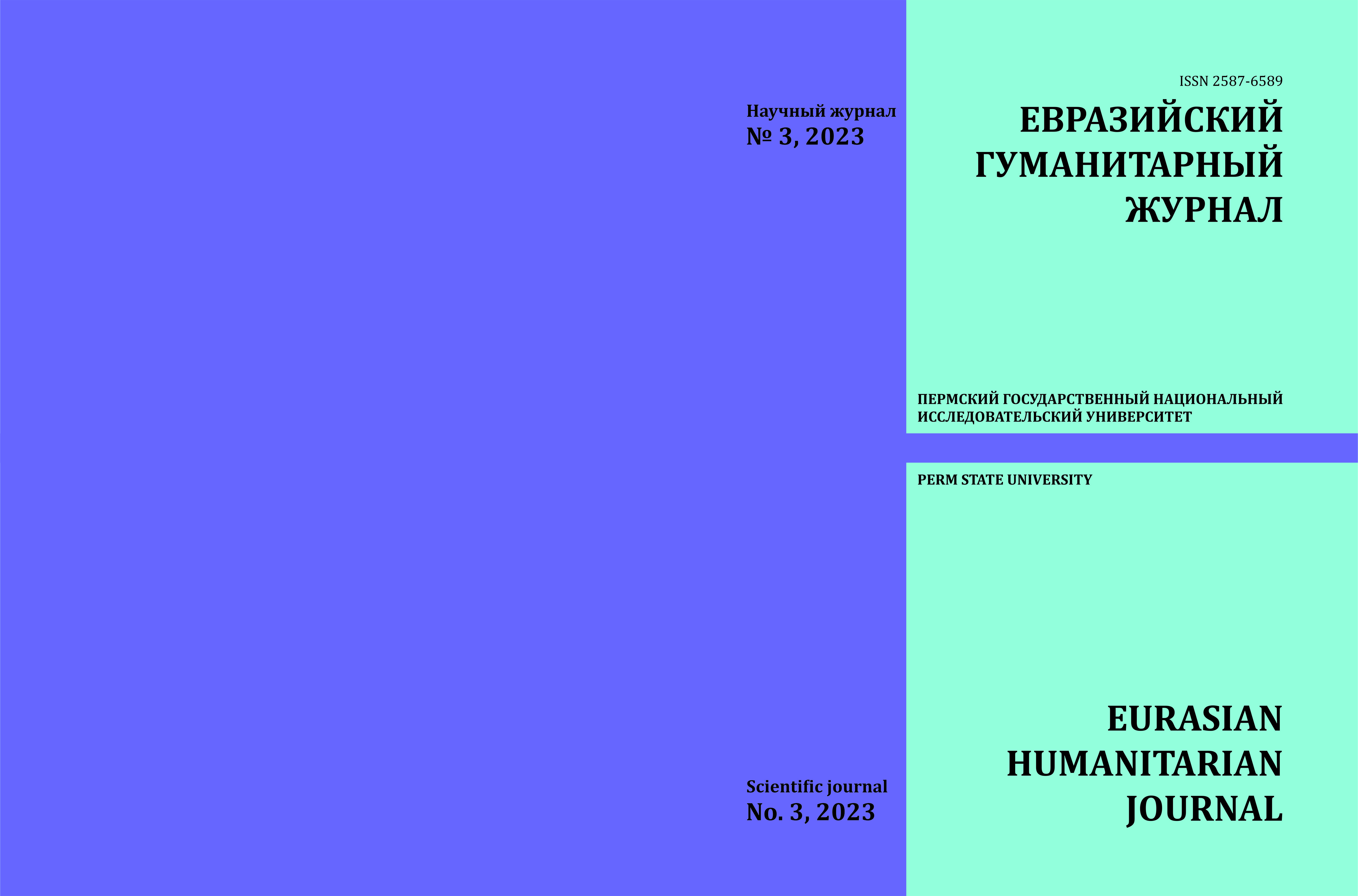АКТУАЛИЗАЦИЯ ЛИНГВОКУЛЬТУРНОГО КОДА ВО ФРАЗЕОЛОГИЗМАХ И ПАРЕМИЯХ
Ключевые слова:
культура, язык, код культуры, природно-ландшафтный код, фразеологизм, паремия, немецкий язык, русский языкАннотация
Статья посвящена феномену лингвокультурных кодов, в частности природно-ландшафтному коду и его репрезентации в русских и немецких фразеологизмах и паремиях с компонентами Rose и роза. Принято считать, что у каждого народа существуют эталоны, которые объединяют его мировидение с другими народами: получается, что то или иное наименование растения может иметь вполне устойчивые характеристики и проявлять смысловые аспекты. В то же время индивидуальность образного мышления конкретного народа может приводить к тому, что некоторые названия растений несут в себе разные качества. Фразеологизмы и паремии, как носители исторической памяти народа, воспроизводят культурные традиции, показывают самобытность целого народа и отдельного носителя языка. Использование названий растений в качестве косвенной номинации обусловлено ассоциативно-образной связью, которая, в свою очередь, определяется национально-культурной спецификой данного языкового коллектива. В определённой культуре тот или иной вид растения может ассоциироваться либо с позитивными, либо с негативными признаками, присущими человеку. При этом некоторые фитонимы обычно маркируют как положительные, так и отрицательные качества. Основная цель данной работы заключается в выявлении и описании культурных смыслов указанных выше единиц в составе фразеологизмов и паремий. Лингвокультурологический анализ даёт возможность охарактеризовать национально-культурную специфику немецкого и русского менталитета. Благодаря анализу паремических дискурсов русского и немецкого языков мы выделили как универсальное, так и специфическое в их интерпретации, что позволяет установить ценностную картину мира немцев и русских. Фразеологизмы с компонентом роза активно используются в современном русском языке. Значения этого компонента могут как совпадать, так и различаться в плане выражения и в плане содержания в двух языках. Паремии русского языка акцентируют амбивалентность фитонима – наличие колючих шипов наряду с прекрасными цветами, что обусловливает установку культуры на труднодоступность всего прекрасного и горячо желаемого. Результаты проведённого исследования необходимо учитывать при преподавании русского языка как иностранного, в лекционном курсе по лингвокультурологии, при составлении лингвокультурологических словарей.Загрузки
Опубликован
2023-08-22
Выпуск
Раздел
ОБЩЕЕ ЯЗЫКОЗНАНИЕ

